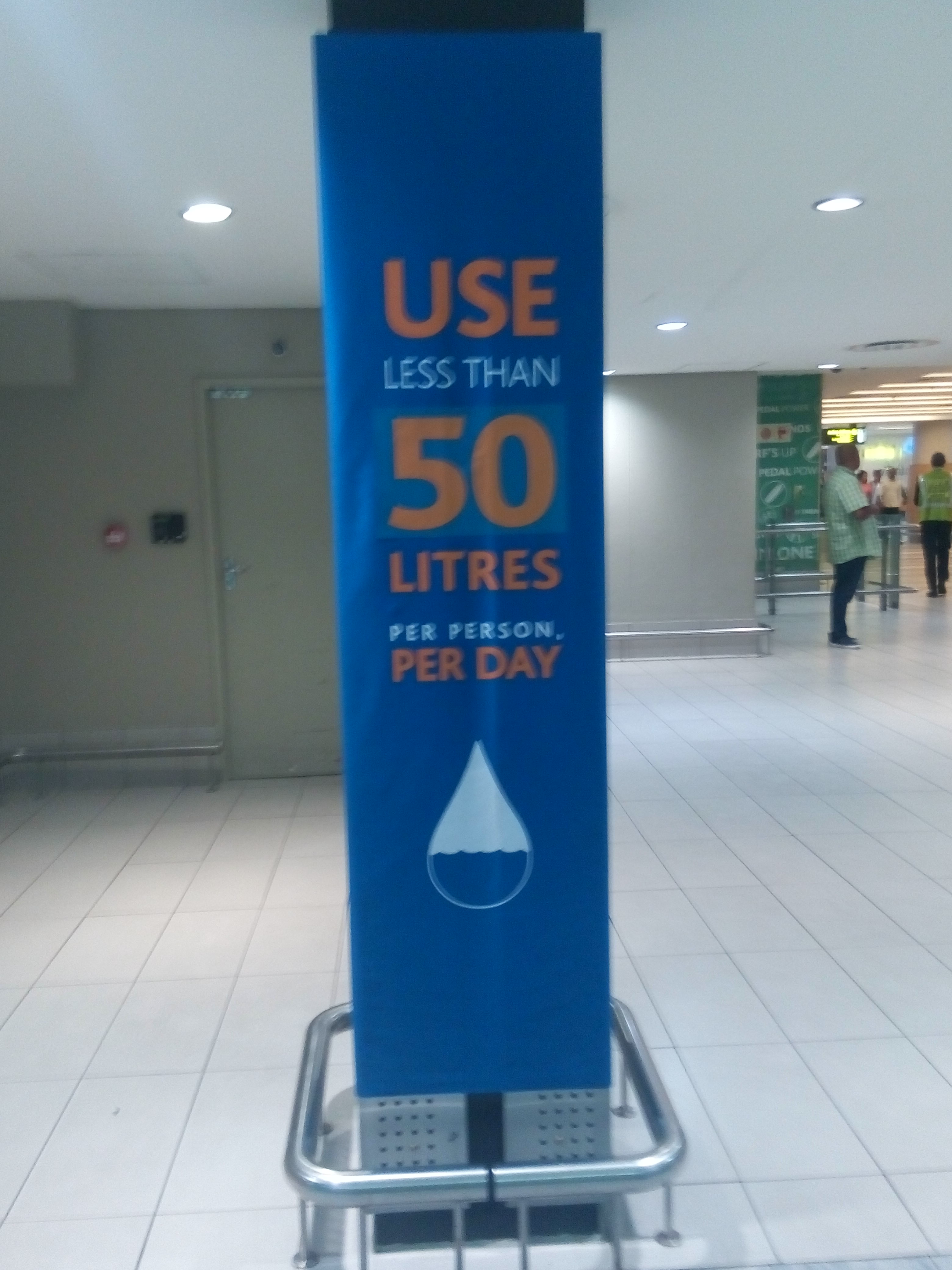In 2015, I found myself at a hutment in Mekaniyon ki Dhani, near Pachpadra, Barmer. It was late June, and my work had taken me to this nearly barren land of sandy soil. Just the view of this landscape makes one thirsty. Naturally, the most precious resource in this terrain is water.
As we (three or four people in our group) entered the hutment, we were welcomed with a mug of water. It was the most graceful gesture from the family to share that their rainwater was preserved with much difficulty in their rudimentary tanka. As I tentatively sipped the water, the knowledge that the kaccha tanka would soon be upgraded couldn’t keep away my thoughts of their vulnerable existence and the indigenous water conservation methods the desert communities have developed just to survive. In that arid land, I had my watershed moment as far as my approach towards water goes.
The idea that the next global war would be triggered for access to water has waned against the backdrop of developments like the Ukraine-Russia and Hamas-Israel conflicts, as well as the security implications of the AI supremacy race. My professor of Hydrology used to say that Israel’s occupation is also about controlling water. However, the water angle seems missing from any mainstream media narrative of the ongoing conflict. Water infrastructure in conflict zones like Tigray and Ukraine has also been badly affected.
Conflicts explicitly identified to have related to water are numerous. For instance, the Pacific Institute reports 629 conflicts between 2010 and 2019 to have either been triggered by water access, have an impact on water infrastructure or have weaponised water. However, such nuances of conflicts often go hidden behind the spectacle of the war. They do not have the visibility of, say, Cape Town’s Day Zero. Cape Towners were warned as early as 1990 about this eventuality. However, only in 2018, with the term Day Zero and the media frenzy, captured the public imagination and action.



Information and awareness campaigns across public spaces and the fact that water was either unavailable or sparingly available have brought home the situation Cape Town was facing in 2018. A notice at Stellenbosch Square - a shopping area - was particularly illuminating. It said water is a commodity. This label has been frowned upon by rights groups and the UN alike. For instance, a statement issued by the 2023 UN Water Conference shows the problem with this articulation. It notes:
“...Considering water as a commodity or a business opportunity will leave behind those that cannot access or afford the market prices. Commodification of water will derail achievement of the SDGs and hamper efforts to solve the global water crisis, already further exacerbated by the triple planetary crisis: climate change, nature and biodiversity loss, and toxic pollution, affecting the life and health of billions around the world.”
In the near past, the ethics and the impact of water commodification were globally discussed in 2020 following the launch of water futures based on the Nasdaq Veles California Water Index at the Chicago Mercantile Exchange. In July 2023, NITI Aayog proposed a water trading mechanism for India. However, they avoided the Chicago-like controversy by keeping it only for treated wastewater. Such initiatives could help check the unregulated discharge of wastewater and the consequent environmental impacts.
So, what does it take to value water before it is turned into wastewater? As the maverick scientist-environmentalist Rene Dubos said, “Sometimes the more measurable drives out the most important”. The amount of water extracted, used and discharged is more measurable than the most or equally essential ecosystem services. However, for practical purposes, one could use a proxy to appreciate the critical role of water in agriculture. The current project I am associated with tries to understand the long-term impacts of groundwater pooling by communities in rainfed landscapes. Without going to the shadow pricing methods that economists use to capture the economic value of water, calculating the value of crops saved by critical irrigation could serve as a simple proxy for valuing the judicious use of groundwater. Such calculations could help the community and policymakers appreciate the merits of approaches like groundwater sharing.
But at times, the significance of these numbers is not readily apparent, especially when we are used to receiving information through infotainment sources. My hope then rests with a project a leading philanthropist shared during a water conflict workshop in Bangalore almost a decade ago. The plan was to rope in filmmaker Alejandro Iñárritu to make a realistic simulation of the water crisis in a world with an ever-changing climate. Perhaps a realistic simulation could stimulate us to correct our flawed perceptions of water flows.
Swaran V is with the Watershed Support Services and Activities Network (WASSAN), a Hyderabad-based NGO. Views are personal.
/articles/erring-and-recovering-water-woes